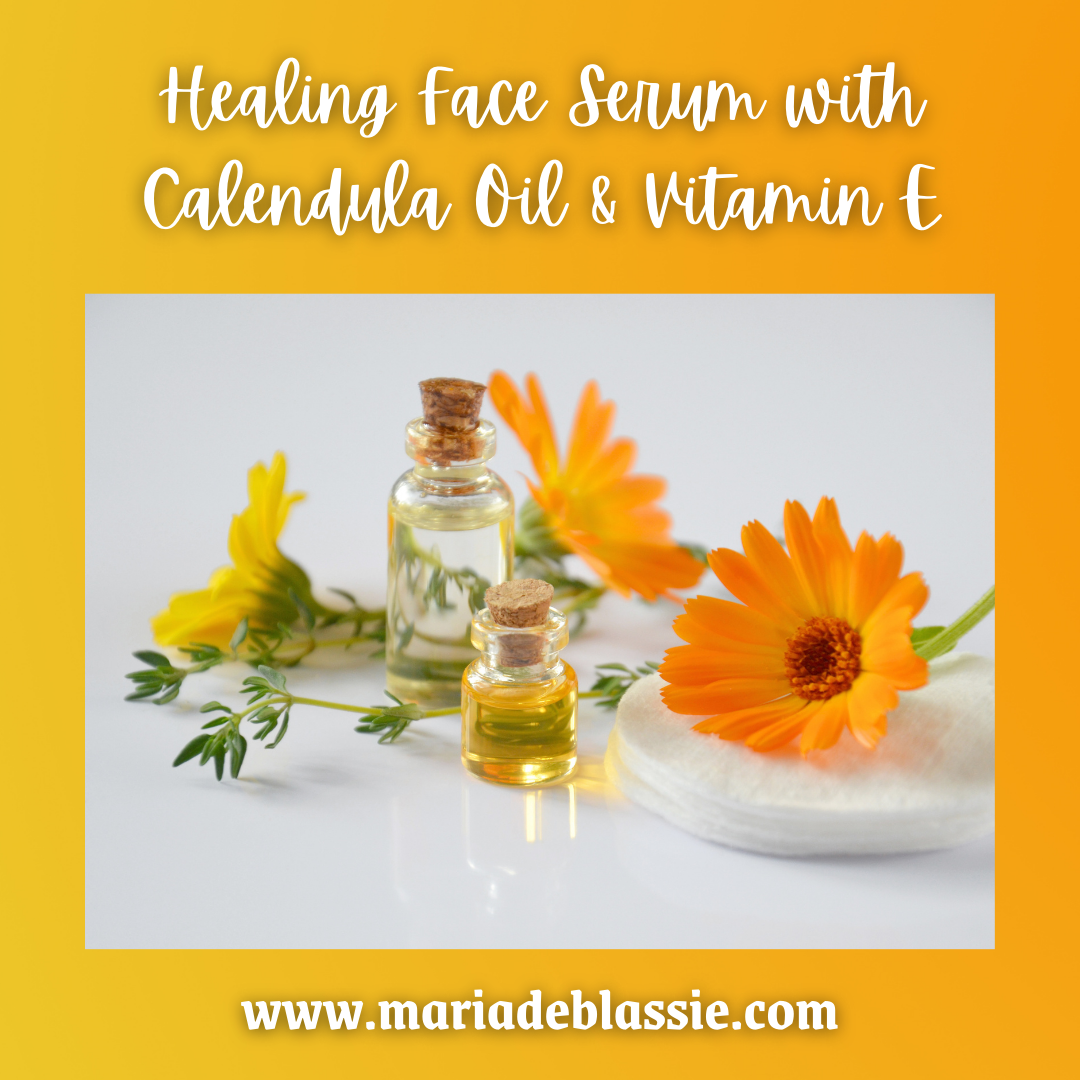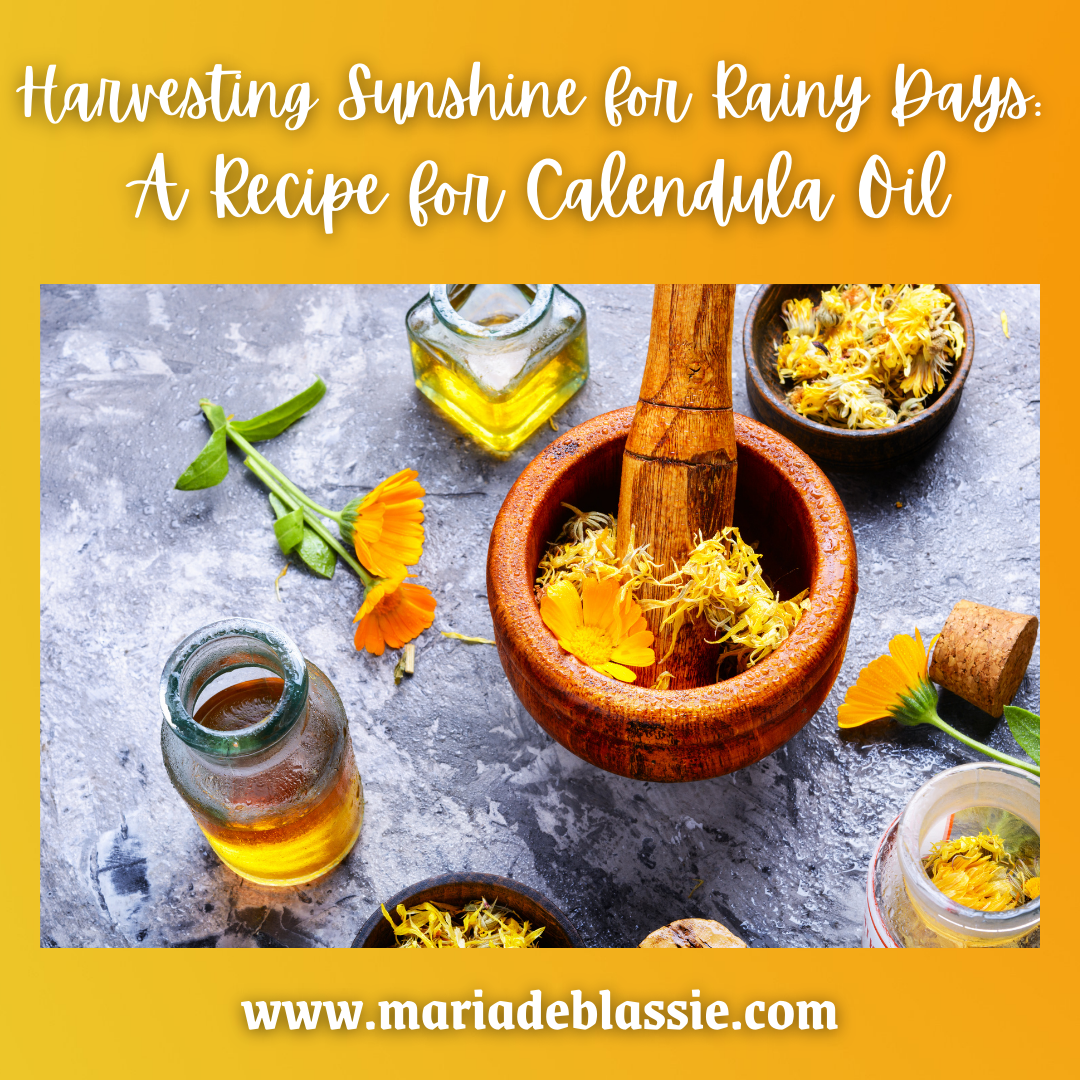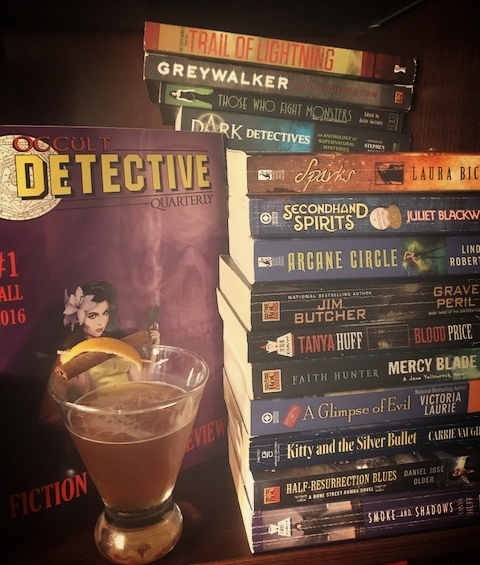Turnips feature prominently in Weep, Woman, Weep. Why? because I LOVE root veggies, including turnips. In fact, when writing this novella, I became more than a little obsessed with them, salad turnips, tasting like buttery radishes and purple top and scarlet turnips…there are a surprising number of different types of these humble root veggies.
Mercy, the central character in Weep, Woman, Weep, ends up starting Mercy Farm, and among the many vegetables and herbs she grows are turnips. In fact, turnips are the thing that gets her going on the whole idea of turning the land she inherited into a working farm. She later becomes rather famous for having some of the best produce—turnips especially—in and around Sueno, New Mexico.
The turnips become a symbol for the new life Mercy’s trying to build for herself from nothing but hard work and heartache—and a dream that she can be more than La Llorona’s curse running in her blood. I later learned that turnips are, in fact, symbols of success and better fortune. I love it when synchronicity is at play to show me that I picked turnips as a symbol of Mercy’s new path for a reason!
Of course, it took me a little bit to realize my obsession with this humble root vegetable wasn’t entirely normal. I had the pleasure of being invited to the Romancing the Gothic book club this past spring so the members could ask me questions about my gothic fairytale. It was then I realized that my interest in turnips might be a little, well, you know, strange.
The book club readers asked one simple and very important question: What’s up with all the turnips?!?! Aren’t they, like, gross??? There was many a horror story of boiled and mealy veggies that were enough to make even a turnip lover queasy.
As I draft the sequel to this book, Mercy Road, all this turnip talk becomes a bit of a running joke. Santos, the protagonist of that tale, had never really eaten turnips until becoming Mercy’s neighbor. But, as much as he loves Mercy and her produce, even he thinks she talks about turnips too much. To be fair, she’s been on her own for a long time, but still, there are other things to talk about! Perhaps over a delicious meal of…turnips.
Yes, Mercy’s got me “talking turnips,” too, as Santos would say. And the book club chat made me realize that not everyone loves root vegetables as much as I do. And though I have yet to grow my own successfully, I eat them constantly. If you’re even a little bit curious about how to enjoy turnips, here are a few suggestions below (and, honestly, how I usually eat them).
Salad turnips look like white radishes and are great in…salads. Just slice them up and add them to some greens. They are also great on crudite platters and dipped in aioli.
For larger turnips, like purple top and scarlet turnips, consider roasting them like you would potatoes. Olive oil and salt are all you really need, although adding cumin, green chile powder, or other spices add a nice kick.
I like to make turnip gratin when it gets colder out. It is delightful and so comforting without feeling as heavy as a traditional potato gratin. I’ve also been known to use pureed cannellini beans in place of cream when I want something even lighter. It’s still creamy, just not as heavy.
These larger turnips are also great in stir-fries because they really soak up whatever sauce you’re using and take on whatever flavor profile you want. They are also hearty enough to maintain a firm texture with no mushiness (that only happens when you boil them to death!).
And speaking of mush…you can mash them like potatoes, too, although with olive oil, chicken stock, and seasoning, they are a culinary delight. Add a sprinkling of gruyere, and it’s heaven!
Any kind of turnip can be pickled, too, and I often use them in my quick pickled veggies recipe.
So, as you can see, there are a lot of ways to use turnips. Do you eat turnips? How do you cook them? And, if you haven’t yet considered eating them, give some of these suggestions a try and let me know what you think!
Enchantment Learning & Living is an inspirational blog celebrating life’s simple pleasures, everyday mysticism, and delectable recipes that are guaranteed to stir the kitchen witch in you. If you enjoyed what you just read and believe that true magic is in the everyday, subscribe to my newsletter below for regular doses of enchantment. Want even more inspiration? Follow me on Instagram, Facebook, Pinterest, and Twitter. Here’s to a magical life!















